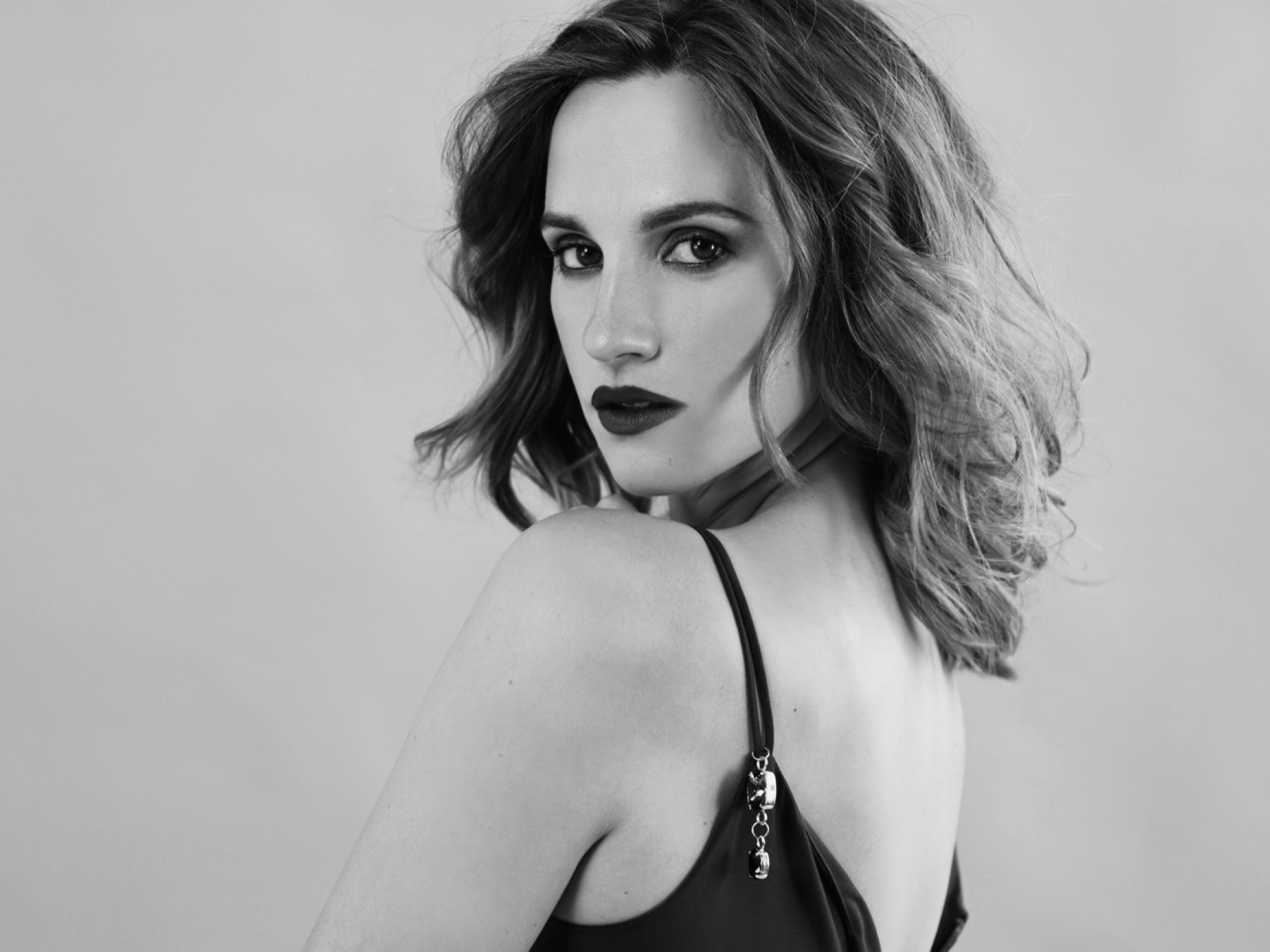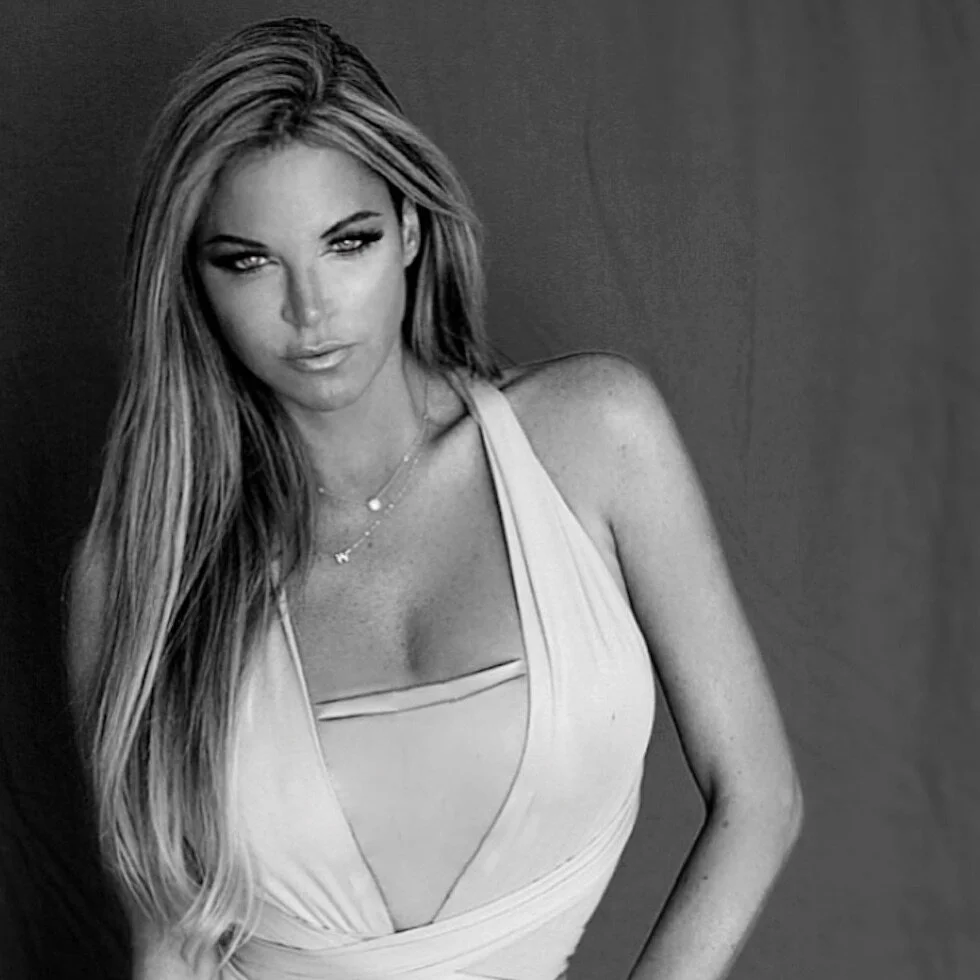Exploring Graceland
In a world brimming with potential, finding young artists whose work resonates with a large number of people in many different ways can be both a challenging and a daunting endeavour. The art world is often thought of as being inaccessible for those that don’t know much about art, and often-times young artists find that breaking into such a competitive industry is even harder.
One artist that we are currently incredibly interested in, is Graceland. Her work is bold, playful, colourful, and full of hidden symbols and narratives waiting to be deciphered by an eager eye. Her work may look optimistic and happy, but it often hides darker narratives, tackling issues such as the dangers of materialism and consumerism, whilst also incorporating influences and symbols from art history.
Graceland is based in London, but dreams of moving to continue her artistic practice in the USA. Graceland’s primary interest in moving to the USA is that she finds the highly diverse landscapes and ideals spanning each state to be fascinating, thus fuelling her creativity and interests in topics to be explored. To understand more about Graceland’s practice, take a look at our exclusive interview with the artist below.
If you are travelling to the USA for Miami Basel 2019, make sure to pop your head into the fair as Graceland has a surprise for all...
Firstly please tell us a little bit about yourself, where you grew up, when you started making art, when you knew that the artist path was for you, etc.
I am from London, UK and grew up here. I started making art from age 6 and carried on being creative until I was 11. Most of my family knew I had a knack for it, as I was good at drawing from a young age. What inspires and influences your art?
I draw my biggest inspirations for my art in horror (real and fiction), Italian Renaissance, and Northern Flemish Art. The biblical and religious studies of those eras astound me; not only is the artwork beautiful but the inclusion of sacrifice and negative events play an important role in inspiring my work. I am also heavily inspired by the idea of heaven and hell, particularly in exploring the concept of good vs. bad.I also have a lot of knowledge about the history and mystery of philosophy, religion, and alchemy. I am fascinated with the idea of how human-kind came up with all these ideologies that shape our thinking, so I try to use these same strategies in my work to portray stories and vices that aren’t necessarily openly spoken about in day-to-day life. Most of my work is solely based around the topic of human consumption.What drives your creative process?
My mind is very active in trying to gain knowledge of the unknown, whether it be the psychology of criminals or the ideas surrounding concepts of demons and angels. Like I said the unknown in all aspects of life drives my creativity. For example I once stayed up until 5 am looking at death row inmates and why they were being executed.Many artists have some really specific “rituals” that they carry out during the day or in order to guide their process, do you have any?
I don't have rituals so much, but I do make an effort to learn something new and interesting everyday, which in turn inspires my art and the way I think. I really have too many ideas and not enough time in a day to create what I see in my head, so I write/draw the idea down and create it systematically after that, I usually work on one idea after the other. I am strategic with my work and a bit of a perfectionist so I don't leave much room for fluidity in my work. I usually plan my paintings in advance and have a clear idea of where they are going before I start on them, so I don’t have to spend time whilst working making important decisions about colour, composition and symbolism, because I already know what I want the final piece to look like. A lot of your work is about materialism in one way or another, why is this an important topic for you that needs to be explored?
The human mind is programmed to live by what we consume to get through our lifespan. Everything we do is charged by a vice and everyone’s vices are different. I try and show this through symbolism of objects with which we surround ourselves.Your new series brings together your illustrative style with classical oil painting techniques, why have you chosen to combine such contrasting practices? Does it add to the overarching theme and meaning of your work?
I love Classical, Renaissance and the Flemish art periods. The techniques and stories behind the artworks and artists are so unknown that it almost becomes fictional and mysterious. I like to carry on traditions, knowledge and the history of art in my work and subtly honour subjects and techniques the old masters of art used. Could you talk some more about your new series? What has inspired it? How many pieces do you hope to complete for this series?
My new 5-part series is called "Vices". Each painting will represent an issue in our society and world today. Although each issue is a general subject matter I want it to subtly symbolise each problem. I don't want the work to scream my ideas but for people to look and work it out themselves.Where does your artwork sit, in your opinion, in the art market? Who would you like to see collecting your work? What audiences to you hope to reach and speak out to most?
My artwork could be contemporary, but my main focus is to create art that merges societies lines of labelling art as certain styles. My art fits into contemporary, pop, traditional and illustrative art. I wouldn't like it to be put in one singular box.Where can we find you exhibiting in the future? And what are your plans for those exhibitions?
I will be exhibiting in Marcel Katz’s "Art Plug Powerhouse" where I will be creating a 10ft interactive art booth and displaying my works at Art Basel Miami 2019, which I am extremely excited for!What does the future hold for your art? How would you like to expand your practice? What is important for you to voice?
I really want my art to speak to people. In Biblical art of the Renaissance era (other eras as well) masses of people were illiterate and couldn't read or write. Artists were commissioned to paint images of the bible which held many symbolic messages of what is right and wrong. I use the same pattern in my work, combining a mixture of modern day and historical meanings. My work is extremely colourful which counteracts the serious messages in my artworks. I love it when people view my work and smile and then realise hidden messages and meanings and maybe learn or take away something with them where they are still thinking about it long after viewing my artwork.I have a lot of knowledge about the history and mystery of philosophy, religion and alchemy. I’m obsessed with the idea of how human kind came up with these insane ideologies to shape our thinking so I try to use the same strategies in my work to portray stories and vices that aren't really spoken about in day to day life. If you really look at my work you'll find its quite dark.Words by Arietta Chandris 






